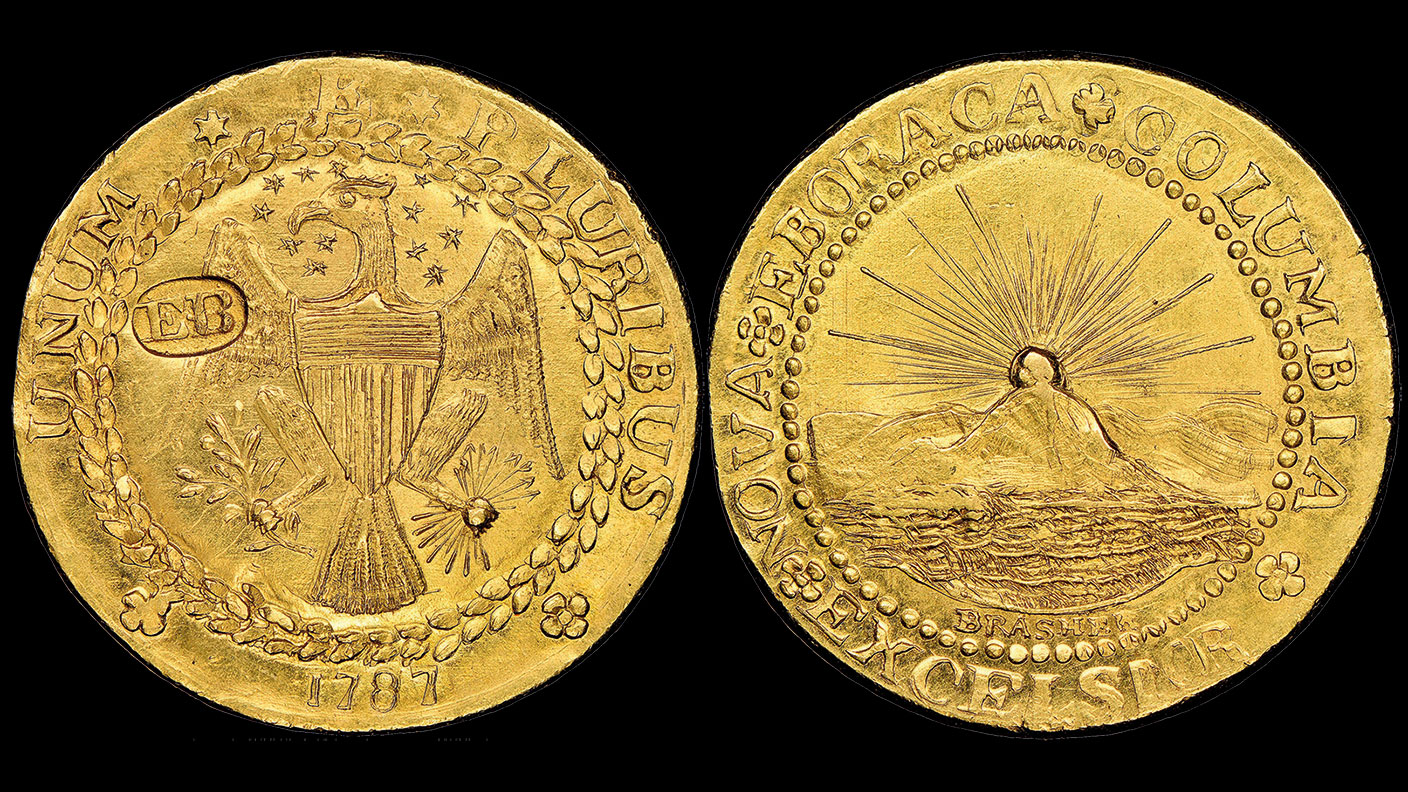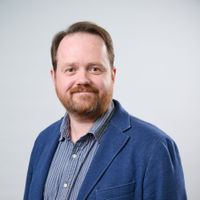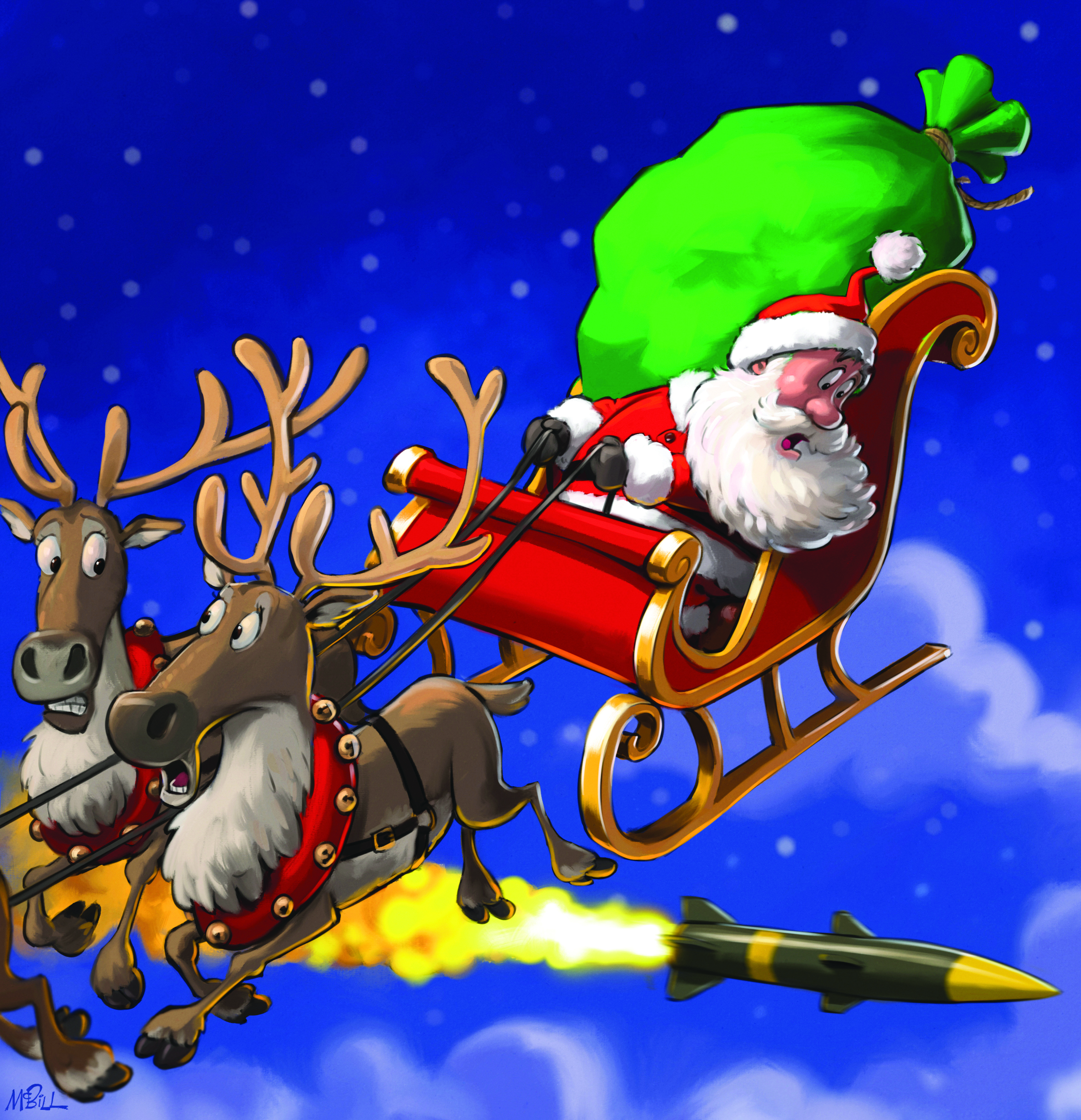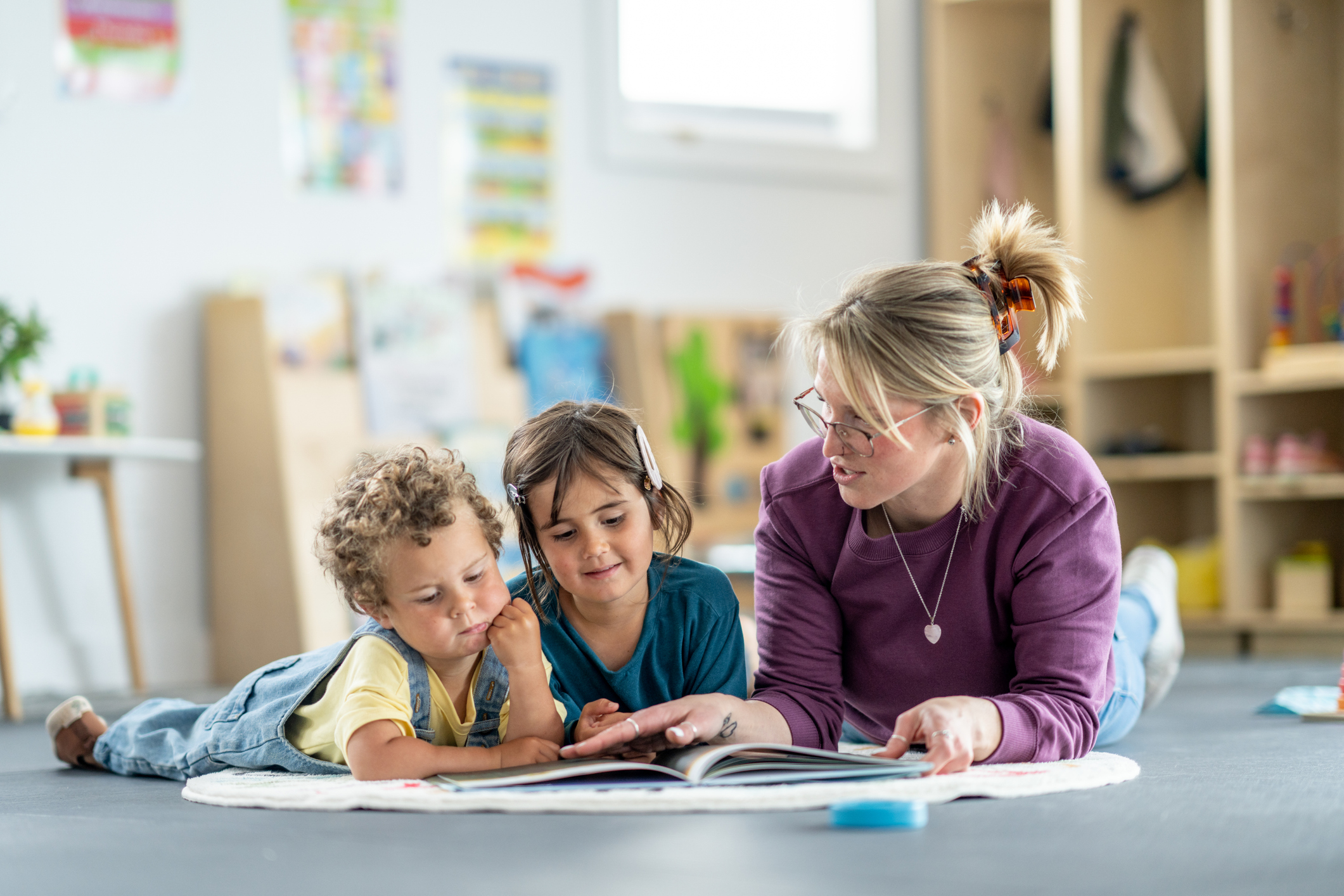Gold coins lose none of their shine as “Brasher” doubloon sells for a record price
The New York-style Brasher gold coin just set a new record auction sale price of $9.4. Chris Carter reports


The gold price may have lost some of its shine this year, but the same cannot be said for one gold coin in particular. Last month, a rare 1787 “New York-style Brasher” doubloon set a new record price for a gold coin when it sold for almost $9.4m with Texas-based Heritage Auctions. Another of the seven known to exist had held the record since December 2011 when it fetched $7.4m at auction, but the latest coin is said to be the finest of the lot. While the 1794 “Flowing Hair” silver dollar retains the overall record (it sold for $10m in 2013), the New York-style Brasher is nevertheless revered by collectors. It has even had a film-noir thriller named after it: The Brasher Doubloon from 1947, starring George Montgomery and Nancy Guild, and based on The High Window by Raymond Chandler.
Ephraim Brasher, after whom the doubloon is named, was a late 18th-century silversmith who had served in the Revolutionary War, and lived in New York at a time when the city was briefly the capital of the fledgling United States. George Washington was his next-door neighbour. As an expert in precious metal work, Brasher was later called on by the new US Mint to assay the purity and weight of the many foreign coins then in circulation, and which tended to be reserved for large purchases. (Coppers are what you would have used for trifling expenses. And if you did have trouble remembering what your British guineas where worth compared with your Spanish doblons (from where we get the name “doubloon”), the Bank of North America printed a guide setting out the various values in 1789.) On occasion, these bullion coins would need to be topped up with a little more silver or gold if they had been debased on their journeys around the world. When Brasher was happy, he stamped his initials “EB” on the coins, which became a hallmark of quality.
Brasher also made his own coins (of which the New York-style doubloons are the most famous). He had to. The US Mint didn’t get going until 1792, so it was to Brasher that the young republic turned. His 1786 “Lima-style” doubloons were the first gold coins to be produced in the US, providing a model for the New York-style coins that followed. As such, in addition to his initials, the coin that was auctioned last month also bears his surname, Brasher, beneath the sun rising over a mountain on the obverse side. Flip it over and the American eagle of the Great Seal of the United States proudly displays its shield, olive branch and arrows. It is, as Heritage Auctions says, “the world’s most famous coin”.
MoneyWeek
Subscribe to MoneyWeek today and get your first six magazine issues absolutely FREE

Sign up to Money Morning
Don't miss the latest investment and personal finances news, market analysis, plus money-saving tips with our free twice-daily newsletter
Don't miss the latest investment and personal finances news, market analysis, plus money-saving tips with our free twice-daily newsletter
How blunders add value to banknotes

Debasing US money quite literally chipped away at the value of these coins. It was illegal then as it is now (except for when the central bank does it). Errors made at the time of manufacturing, on the other hand, can often add major value for collectors. Just ask the bidder who paid nearly $400,000 for a $20 banknote, also with Heritage Auctions, last month.
In 2004, a student in Ohio received the note from a cash machine and was surprised to see it had a “Del Monte Ecuador” fruit sticker “in it”. Modern US banknotes are printed in three stages, the auction house explains. The first prints the back, the second provides the face devices and the third adds the seals and serial numbers. At some point before the final printing at the Fort Worth Western Currency Facility in Texas, the offending fruit sticker found its way on and the rest of the note was printed over it. A student and his money are soon parted and he sold it on auction site eBay for $10,000. When it appeared for auction just two years later, it sold for $25,300.
Mistakes do happen. Last month, sci-fi fans spotted errors on new £2 coins marking 75 years since the death of author H. G. Wells, which featured a “monstrous tripod” from The War of the Worlds with four legs. Embarrassing for the Royal Mint, but great for coin collectors.
Auctions
Going…
The Royal Mint is out to break the £1m record for a British coin next month when it auctions a rare Henry VII fine gold sovereign, says The Daily Telegraph. It is the earliest gold sovereign a collector can own of which only four exist. Two are held by museums. The coin was hammered around 500 years ago, before being kept in the Tower of London. It has had numerous owners over the centuries, one of whom was US banking magnate J. P. Morgan, who owned the coin until his death in 1913. Bidding will start at £950,000, representing roughly how much it cost the Mint to source and buy the coin from its last American owner. The current £1m record was set last January with a gold sovereign of Edward VIII from 1936, the year he was crowned.
Gone…
Two English gold coins made headlines last month. The first is a gold penny featuring Henry III, from around 1257, and one of seven still in existence, says This Is Money. It is thought to bear the first “true” portrait of an English king on a coin and dates from a period when gold “was beginning to trickle back into European commerce after a dearth of nearly 500 years”, according to Texas-based Heritage Auctions. It sold for $720,000. (A 2019 Elizabeth II gold coin, weighing 2kg, also sold at the same auction, for $360,000.) The second coin is dated 1656 and depicts Lord Protector Oliver Cromwell, says BBC News. The “extremely fine and rare” gold 50 shilling piece, one of 12 still in existence, sold with London-based Dix Noonan Webb for £471,200, a record for a Cromwellian coin.
Get the latest financial news, insights and expert analysis from our award-winning MoneyWeek team, to help you understand what really matters when it comes to your finances.

-
 The war dividend – how to invest in defence stocks as the world arms up
The war dividend – how to invest in defence stocks as the world arms upWestern governments are back on a war footing. Investors should be prepared, too, says Jamie Ward
-
 Literacy Capital: A trust where great returns fund a good cause
Literacy Capital: A trust where great returns fund a good causeThere’s plenty to like about specialist private-equity trust Literacy Capital, says Max King
-
 An AI bust could hit private credit – could it cause a financial crisis?
An AI bust could hit private credit – could it cause a financial crisis?Opinion Private credit is playing a key role in funding data centres. It may be the first to take the hit if the AI boom ends, says Cris Sholto Heaton
-
 8 of the best ski chalets for sale now
8 of the best ski chalets for sale nowThe best ski chalets on the market – from a traditional Alpine-style chalet in Switzerland to an award-winning Modernist building in Japan’s exclusive ski areas
-
 Did COP30 achieve anything to tackle climate change?
Did COP30 achieve anything to tackle climate change?The COP30 summit was a failure. But the world is going green regardless, says Simon Wilson
-
 Who is Christopher Harborne, crypto billionaire and Reform UK’s new mega-donor?
Who is Christopher Harborne, crypto billionaire and Reform UK’s new mega-donor?Christopher Harborne came into the spotlight when it emerged he had given £9 million to Nigel Farage's Reform UK. How did he make his millions?
-
 The best Christmas gifts for your loved ones
The best Christmas gifts for your loved onesWe round up the best Christmas gifts with a touch of luxury to delight, surprise and amaze family and friends this festive season
-
 Leading European companies offer long-term growth prospects
Leading European companies offer long-term growth prospectsOpinion Alexander Darwall, lead portfolio manager, European Opportunities Trust, picks three European companies where he'd put his money